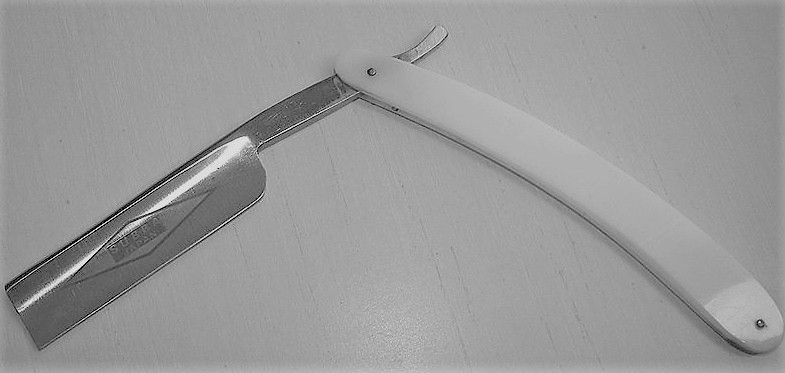
The promise of edge computing is to better deal with the massive amounts of data that are being created by the rapidly growing numbers of mobile devices, remote systems, and sensors that are connecting into the network and that are critical to the business. A traditional central datacenter is not necessarily the best way to leverage this data to drive greater efficiencies, reduce costs, and more quickly make better business decisions.
But all that promise of the edge comes with more than its share of challenges, including how to best deliver the hardware that is needed to collect, store, and process all of the data being created by everything from industrial systems on factory floors to huge networks of small sensors that collect data at an oil rig. System makers are pushing the idea of micro-datacenters comprising easy-to-deploy scalable systems for these highly distributed environments that are powered by industry-standard, off-the-shelf components and enable by such upcoming technologies as 5G networks and Gen-Z interconnects.
Practically every OEM has hyperconverged systems that can be applied to the edge, such as the XC systems from Dell EMC and the VxRail systems the company sells in conjunction with VMware. Lenovo has its ThinkSystem and ThinkAgile VX series systems, and Cisco Systems brings its HyperFlex systems to the table. Hewlett Packard Enterprise leverages its SimpliVity 380 systems as well as capabilities from its Aruba Networks business.
Storage vendor Ctera Networks is working with HPE to bring its files services to the edge. The company this month introduced is latest product line, the Ctera Edge X Series, which runs atop HPE’s SimpliVity system with the aim of delivering single edge solution that integrates compute and storage features a managed VMware hypervisor, local deduplication, all-flash storage, edge files services, a global filesystem, cloud deduplication and cloud disaster recovery.
The goal is to enable enterprises to consolidate workloads in the branch office and out at the edge, manage and more cost-effectively store data, and to cache data and tier it to the cloud, according to Oded Nagel, chief strategy officer for Ctera, which OEMs HPE’s SimpliVity system. Convergence at the edge will be critical going forward, he says.
“It’s basically the first industry hyperconverged cloud gateway solution that unifies edge computing and is a multicloud data management platform,” Nagel tells The Next Platform, adding that “combining the benefit of the hyperconverged allows you to consolidate and provide edge computing, manage hypervisor and an all-flash configuration. Talking to many companies and many enterprise organizations, they’re looking to consolidate their workloads in the branch in a combination with a global file system and new file services.”
Finding ways to mange the data the edge, where the are a lot of different sources of data, where the bulk of data isn’t used and where analytics are needed to not only find the business-critical information but also to determine which data isn’t crucial, will continue to be a challenge.
Ctera’s X Series combines “an option to reduce the footprint in the branch so they don’t really need to keep all the hot data in expensive storage but give them the ability to tier and cache data to an object store,” Nagel says. “The user experience and security stays on the same level because nothing’s changed from the user experience. And we have a small migration of legacy app solutions to the next-generation edge filer, so basically, nothing’s changed. However, the data doesn’t really need to be cached on expensive storage. It can be really geared to a low-cost storage but be available on demand. The last thing that we see is the edge computing. Everyone has different applications running on different servers, sometimes with legacy hardware. We give them one appliance they can consolidate all their applications and also solve and reduce their costs for the file services and give them a much better way to manage it.”
The X Series is a two-node 2U system with integrated file services such as NFS support for workloads like virtual desktop infrastructures (VDIs) and a migration path from legacy NAS systems. There’s also file sharing between sites, multicloud tiering, data protection and support for major public cloud providers like Amazon Web Services and Microsoft Azure.
Data that is frequently being access is storage on local flash drives, while data that isn’t accessed as often is automatically migrated to less expensive cloud storage. All data is synchronously persisted over two highly available local nodes as asynchronously replicated to off-site private cloud storage, and the local deduplication capabilities optimizes local storage use while the cloud deduplication reduces WAN traffic and cloud storage costs, according to Ctera.
The Ctera setup offers an all-flash system with up to 23 TB of local storage, 192 GB of memory and 10 Gb/sec Ethernet networking. There are options for nine or twelve SSD drives per node. HPE’s SimpliVity compute can continue to run enterprise applications on-premises.
Ctera’s software is not just confined to HPE’s SimpliVity system, Nagel said. It can run on other hyperconverged solutions as well, including those from Nutanix and Cisco Systems.
The company’s X series comes months after Ctera rolled out its H Series Edge Filers, which are smaller and less powerful than the X series, coming in 1U and 2U form factors with up to 64 GB of memory. They run on Ctera’s own hardware or HPE ProLiant DL servers. Ctera also offers the V Series virtual appliances.
“Our main competitors are actually the traditional [storage vendors] like the NetApps of the world and DNN and Celerra, the old NAS solutions,” Nagel said, adding Ctera also has a direct competitor in the cloud storage and file sharing services space called Nasuni. “Most of what we are doing is coming to replace all that old technology. If you take a look what happened in the NAS market, nothing really has changed in the last 30 years. Maybe they wanted new hardware or bigger hardware or stronger hardware, but technology-wise, it’s the same old technology. Now, with the cloud, a storage solution like the the Amazons of the world, file services are becoming the action in the market. This is where we see most of our competitors.”
He didn’t give many details, but Nagel said later this year the company will roll out offerings around data classification.
“One of the challenges is that most of these companies do not really know what is stored at the edge,” Nagel said. “They don’t really know what is there and they are looking for tools that allows them to search and analyze where is the data, who has access to the data and who should not access it. We are working to expand our offerings with some interesting data analytics sources.”

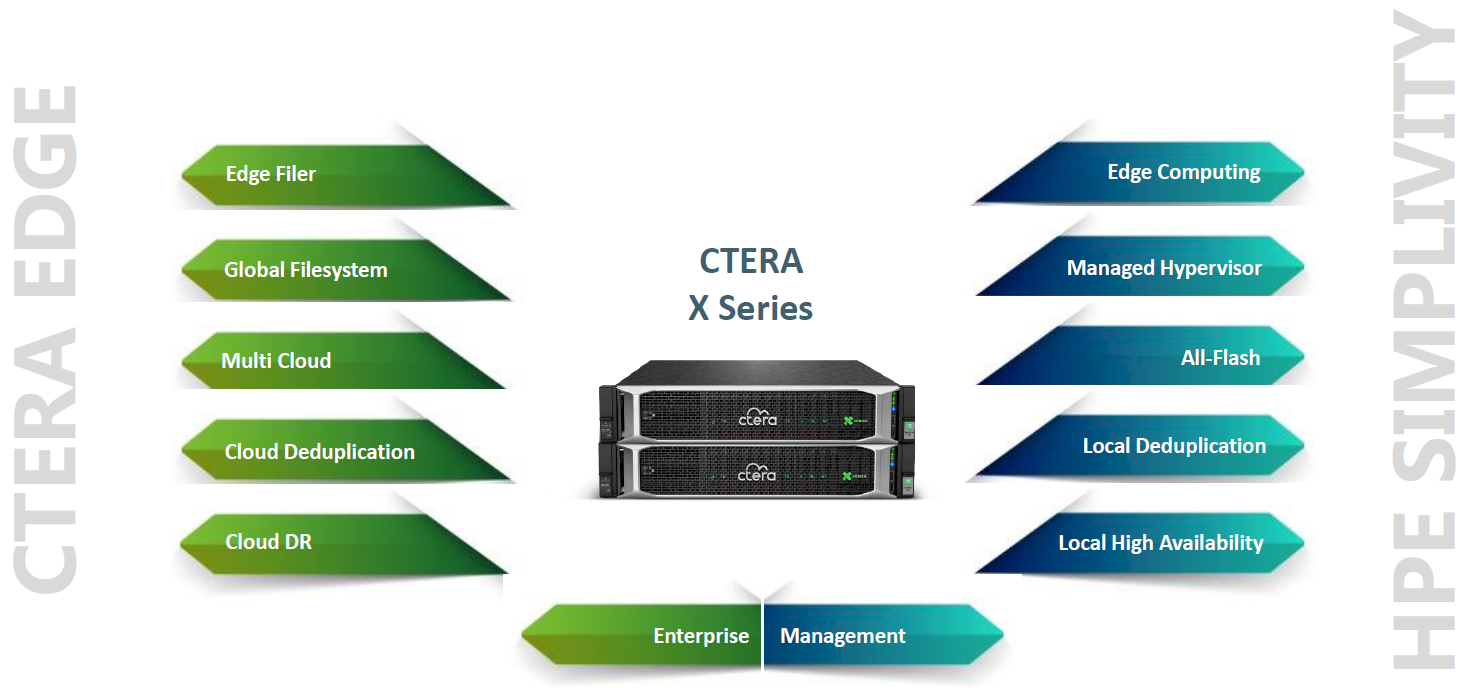
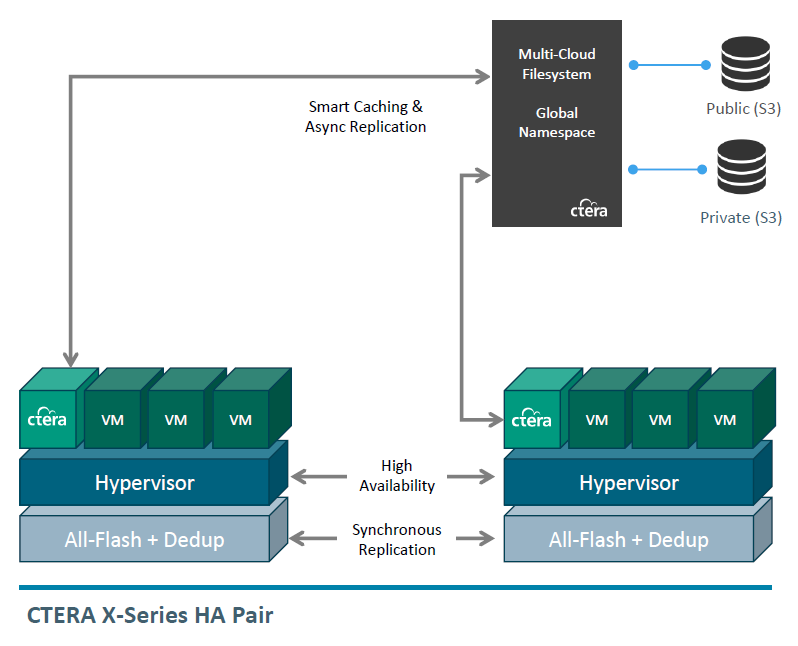
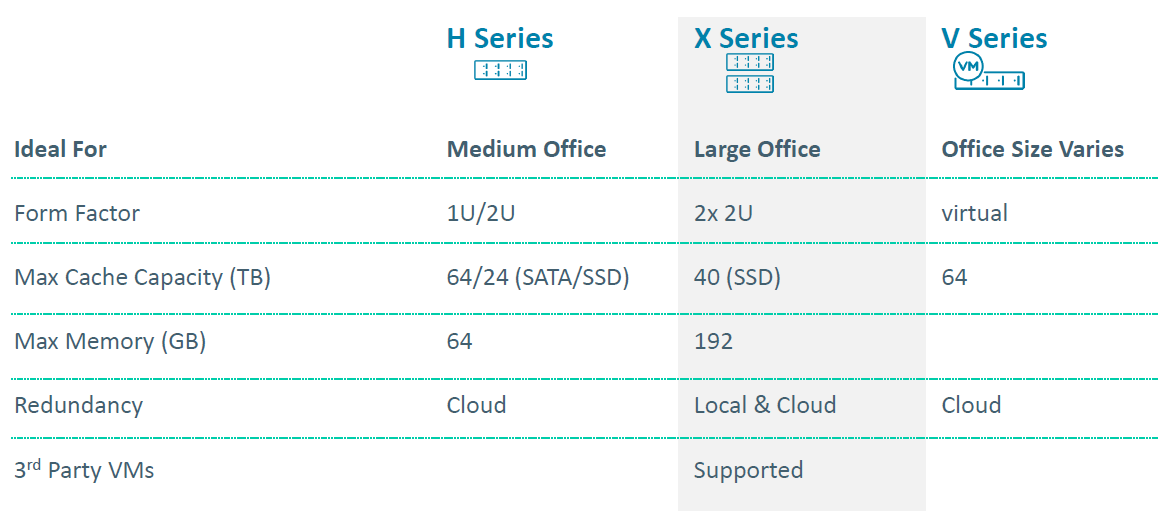

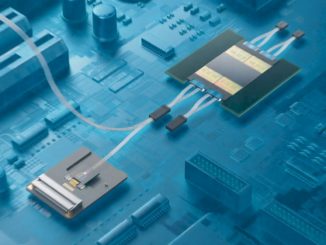

Be the first to comment